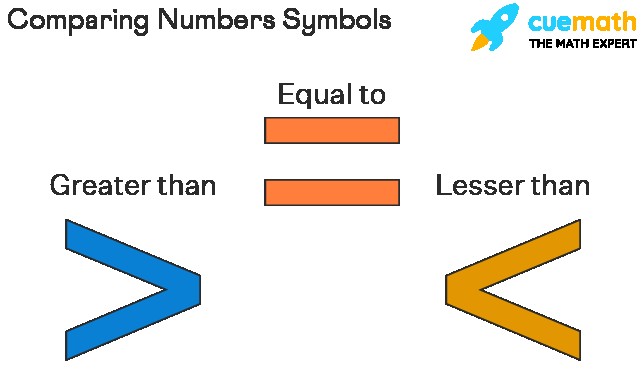Comparing numbers is a fundamental skill we use daily, often without even realizing it. From choosing the best deal at the grocery store to tracking our fitness progress, comparing numbers helps us make sense of the world around us. But Why Do We Compare Numbers? This article delves into the importance and methods of comparing numbers, exploring its significance in various aspects of life.
The Importance of Comparing Numbers
Comparing numbers allows us to determine the relative size or magnitude of different quantities. This ability is crucial for:
- Making Informed Decisions: Whether we’re comparing prices, sizes, or performance metrics, comparing numbers empowers us to make informed choices. For example, comparing the prices of two similar products helps us determine the better value.
- Understanding Data: Numbers often represent data, and comparing them helps us analyze trends, identify patterns, and draw conclusions. For instance, comparing sales figures over time can reveal business growth or decline.
- Problem Solving: Many problems require comparing numbers to find solutions. For example, determining the shortest route between two points involves comparing distances.
- Tracking Progress: Comparing numbers helps us monitor progress towards goals. For example, comparing weight measurements over time allows us to track weight loss or gain.
- Building Foundational Math Skills: Comparing numbers is a foundational skill that lays the groundwork for more advanced mathematical concepts like ordering, sequencing, and operations.
Methods for Comparing Numbers
Several methods exist for comparing numbers, each tailored to different situations:
- Counting: For smaller numbers, simply counting the objects in each group can determine which is larger or smaller.
- Number Line: Visualizing numbers on a number line helps determine their relative positions and identify which number is greater or lesser. Numbers to the right are greater than numbers to the left.
- Place Value: For larger numbers, comparing digits in corresponding place values (ones, tens, hundreds, etc.) determines the larger or smaller number. Start comparing from the leftmost digit.
- Fractions and Decimals: Comparing fractions and decimals requires converting them to a common format (e.g., converting fractions to decimals) before comparing their numerical values. Finding a common denominator is often necessary for comparing fractions.
Symbols Used in Comparing Numbers
Specific symbols represent the relationship between numbers:
- Greater Than (>): Indicates that one number is larger than another. For example, 5 > 3.
- Less Than (<): Indicates that one number is smaller than another. For example, 2 < 9.
- Equal To (=): Indicates that two numbers have the same value. For example, 4 = 4.
Comparing Numbers in Real-World Scenarios
Let’s illustrate the importance of comparing numbers with real-world examples:
- Shopping: Comparing prices helps consumers find the best deals and save money.
- Sports: Comparing scores determines the winner of games and tracks player performance.
- Cooking: Comparing ingredient quantities ensures accurate recipes and desired results.
- Travel: Comparing distances and travel times helps plan efficient routes.
- Finance: Comparing interest rates and investment returns guides financial decisions.
Conclusion
Comparing numbers is an essential skill that enables us to understand, analyze, and interact with the world around us. From everyday decisions to complex problem-solving, comparing numbers plays a crucial role in various aspects of life. By mastering this fundamental skill, we empower ourselves to make informed choices, interpret data effectively, and navigate the numerical landscape with confidence.
